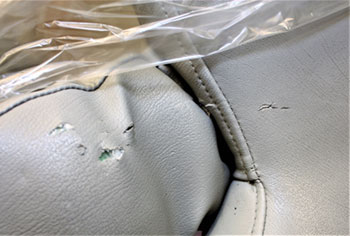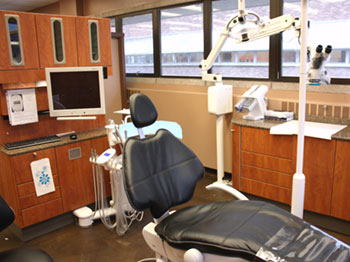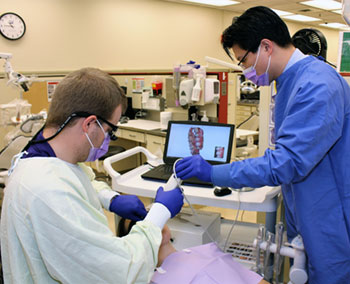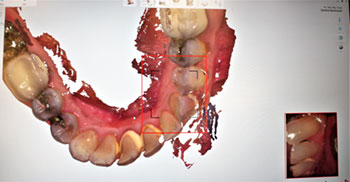An urgent need
“We must recognize the crucial importance of modernizing our School if we wish to continue attracting the best and brightest students, retain the stellar faculty and researchers who make our high ranking possible, and recruit the new people who will ensure our future excellence.”
Gary T. Chiodo, DMD, FACD
Dean, School of Dentistry
University of Washington



Imagine: Dean Chiodo: “You can actually put on haptic goggles, and the instructor can instruct all students at once, and you don’t even have to be in the room. That technology exists now. Short of that, there’s also technology that’s been out there for a while – a virtual patient and instruments. Students look through the goggles and pick up a virtual instrument and do a procedure on a virtual tooth, and the feel is exactly the same as the real thing. And when you finish the procedure, you get a readout of the parameters of what you did. So, if the expectation is that you’re going to do a crown preparation with a 5- to 7-degree axial taper and a millimeter and a half of occlusal reduction, you finish it virtually and the readout shows you exactly how close you got to those parameters. Plus, the instructor can set parameters so it’s color-coded in terms of what’s enamel, dentin, and cementum, but you can also color-code for caries. So you can see how well the student did on caries removal without getting a pulp exposure and still designing the preparation appropriately. It’s amazing!”

Imagine: It is not hard to imagine the new reality when you have world-class faculty members showing us the way. Dr. Daniel Chan, our Chair of Restorative Dentistry, and Dr. Sorensen have mapped out three major phases of implementation:
- Acquire the necessary hardware and software. Students using it would scan their tooth preparation, after which the software evaluates their work. The self-analysis software provides a color-coded 3-D analysis of preparation wall taper, over- or under-preparation, and quality of margin preparation.
- Employ CAD/CAM training in chairside milled restorations, including crowns, veneers, and onlays.
- Hire a specialized digital dental technician who will work with and teach the students in creating in-house CAD/CAM restorations for their patients.